EY Travel Tips: Scotland
Sunny Spot Scotland
Consider a trip to Scotland: hikes along steely-blue lochs, green glens full of wee-wooly sheep, everyone talking like Sean Connery. For these features and so many others, the rugged land of the bagpipe and thistle grabbed a place among my three all-time favorite countries after one visit. Scotland boasts the United Kingdom’s highest mountain, the island’s most epic weather and its best-known monster, first reported by a visiting Irish saint in the Loch Ness area during the sixth century.
Cynics might put Scottish sea monsters on the same plane of possibility as sober, reliable Irish saints, but it’s still fun to search the lake. Plus you can always see the many fascinating, albeit less legendary animals, which settled in Scotland, from shaggy highland cattle and Shetland ponies to the reintroduced white-tailed Sea Eagles to the red deer and endangered wild cat.
A fantastically underrated place to eat, Scotland harbors a wealth of fish from the North Sea alongside local meats and dairy, while the confluence of Gaelic, British and Viking culture give the nation a set of vibrant and unique traditions—fashion-wise and otherwise. The many castles Scots built over hundreds of years, existing today as ruins and restorations around the country, offer windows into the rich history and traditions of the country and its numerous clans.
With the considering completed, here are four tips for a first-time visitor:
1. Feast not Fear-try the local cuisine.
 Scottish food has a fearsomely poor reputation, and I’ll be the first to tell you knowing what’s in haggis (sheep heart, lungs, liver, oats) made me question the sensibility of an entire nation. But, like rump steak (which is fine so long as you don’t visualize the source), haggis turns dubious ingredients into a richly appetizing dish. Pair it with tatties (that’s mashed potatoes) and mushy peas, and you’ve got a hearty spread. Or try some of the best fish (and chips) you can find, wash it down with a Scotch whisky, and contemplate the scent of peat and the mercurial Scotch skies from a pub. If you really can’t stomach local food or need a break, there’s plenty of other European and Asian options. But you know the saying: when in Scotland, try some sheep organs; your taste buds might surprise*.
Scottish food has a fearsomely poor reputation, and I’ll be the first to tell you knowing what’s in haggis (sheep heart, lungs, liver, oats) made me question the sensibility of an entire nation. But, like rump steak (which is fine so long as you don’t visualize the source), haggis turns dubious ingredients into a richly appetizing dish. Pair it with tatties (that’s mashed potatoes) and mushy peas, and you’ve got a hearty spread. Or try some of the best fish (and chips) you can find, wash it down with a Scotch whisky, and contemplate the scent of peat and the mercurial Scotch skies from a pub. If you really can’t stomach local food or need a break, there’s plenty of other European and Asian options. But you know the saying: when in Scotland, try some sheep organs; your taste buds might surprise*.
2. Kilt Etiquette
 Calling a Scotsman’s kilt a skirt is a “deadly” insult. I read that in a letter to the New York Times’ editors nine years ago, and as they saw it fit to print I saw it fit to avoid (at least out loud) in Scotland and everywhere else. None of the good-humored Scots I met seemed inclined toward violence for kilt besmirching or any other infraction, and aside from a few older gentlemen the garments weren’t widely worn; however, kilt etiquette is still a hot topic. Last year the Scottish Tartan Authority controversially recommended wearing underwear beneath kilts for the sake of hygiene. Kilt enthusiasts must now choose between “common decency” and the ironclad Highland tradition of going commando under their garments. Both camps make passionate arguments, but if you enter the fray by buying or renting a kilt, it’s wise to assess the strength of the wind before making a final decision.
Calling a Scotsman’s kilt a skirt is a “deadly” insult. I read that in a letter to the New York Times’ editors nine years ago, and as they saw it fit to print I saw it fit to avoid (at least out loud) in Scotland and everywhere else. None of the good-humored Scots I met seemed inclined toward violence for kilt besmirching or any other infraction, and aside from a few older gentlemen the garments weren’t widely worn; however, kilt etiquette is still a hot topic. Last year the Scottish Tartan Authority controversially recommended wearing underwear beneath kilts for the sake of hygiene. Kilt enthusiasts must now choose between “common decency” and the ironclad Highland tradition of going commando under their garments. Both camps make passionate arguments, but if you enter the fray by buying or renting a kilt, it’s wise to assess the strength of the wind before making a final decision.
3. Layers People
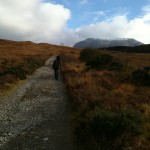 In Scotland, “sunny” easily substitutes as a synonym for light rain. It couldn’t literally be called a sunny spot and it’s definitely not the place to treat a vitamin D deficiency, but it doesn’t resemble perpetually rainy Seattle so much as say Chicago, where (the joke goes) people who don’t like the weather need only wait a few minutes. Yes, the Scottish climate can be temperamental, and its best to prepare accordingly. Heck, even the local cows where coats, so your best solution is to layer up and then remove or add clothing to adjust to the prevailing conditions. For comfort, an absolute essential is a shell that keeps you dry but won’t overheat (the country stays pretty temperate if you’re not on the mountaintops), while gloves in the winter and fall make outdoor adventures much more agreeable. They may not look cool, but those cargo pants that transition to shorts prove very handy.
In Scotland, “sunny” easily substitutes as a synonym for light rain. It couldn’t literally be called a sunny spot and it’s definitely not the place to treat a vitamin D deficiency, but it doesn’t resemble perpetually rainy Seattle so much as say Chicago, where (the joke goes) people who don’t like the weather need only wait a few minutes. Yes, the Scottish climate can be temperamental, and its best to prepare accordingly. Heck, even the local cows where coats, so your best solution is to layer up and then remove or add clothing to adjust to the prevailing conditions. For comfort, an absolute essential is a shell that keeps you dry but won’t overheat (the country stays pretty temperate if you’re not on the mountaintops), while gloves in the winter and fall make outdoor adventures much more agreeable. They may not look cool, but those cargo pants that transition to shorts prove very handy.
4. Winding down for winter
 Fancy a magical trek to the seaside on the Harry Potter Train (also known as the Jacobite) or some light washing with Lady MacBeth at Cawdor Castle? Make sure to check opening times and dates, because as Scotland’s weather gets seriously rough many of the country’s sites shut down operations. Typically closures last from late summer/fall to spring, and while there’s tremendous natural beauty later in the year, it appeals largely to rugged outdoor types, and even some of them prefer to steer clear until the situation brightens up. If your profile trends away from mountaineer, and for example, you’re just dying to see the interior of Eilean Donan Castle, just like in the romantic comedy Made of Honor, then a spring or summer trip will suit you better.
Fancy a magical trek to the seaside on the Harry Potter Train (also known as the Jacobite) or some light washing with Lady MacBeth at Cawdor Castle? Make sure to check opening times and dates, because as Scotland’s weather gets seriously rough many of the country’s sites shut down operations. Typically closures last from late summer/fall to spring, and while there’s tremendous natural beauty later in the year, it appeals largely to rugged outdoor types, and even some of them prefer to steer clear until the situation brightens up. If your profile trends away from mountaineer, and for example, you’re just dying to see the interior of Eilean Donan Castle, just like in the romantic comedy Made of Honor, then a spring or summer trip will suit you better.
~Will~
For tips on enjoying the Highlands on a Low Budget, check out tales from Will’s Scotland travel journal…

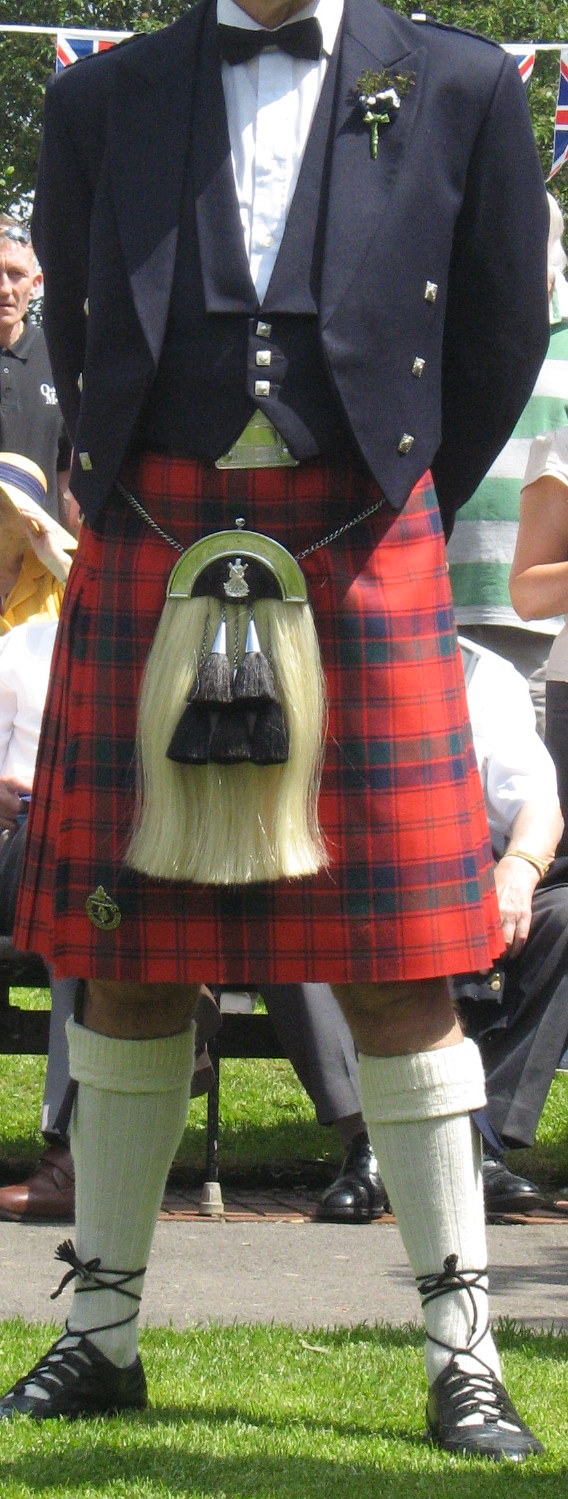
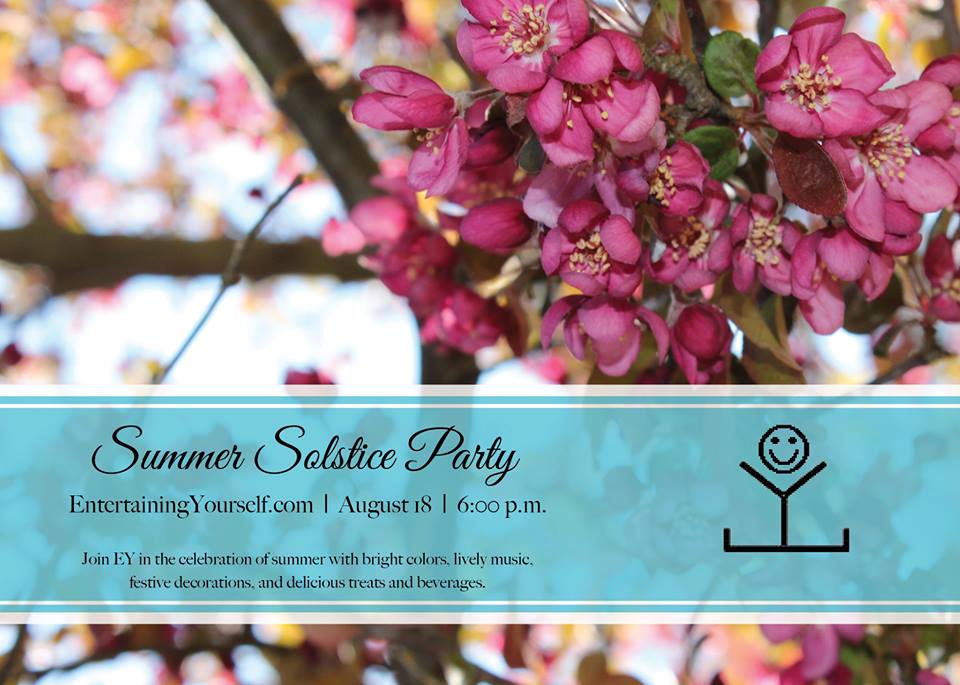
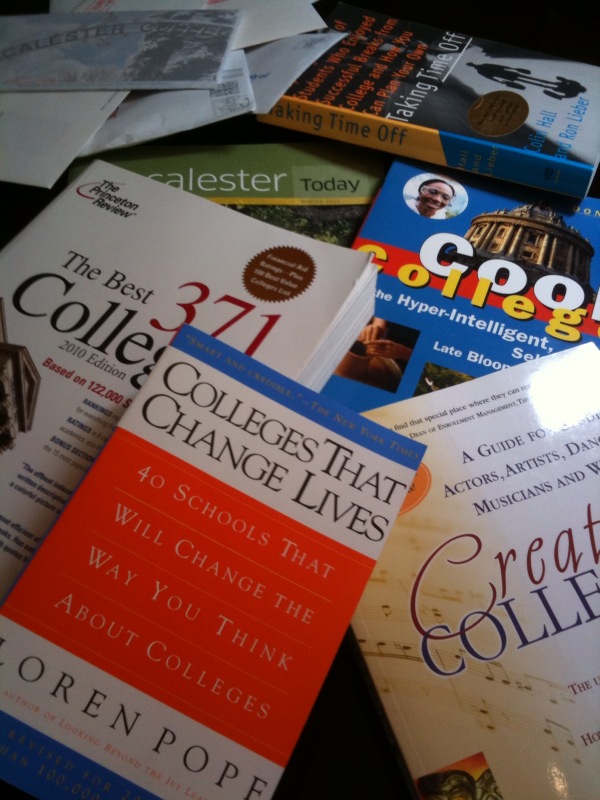



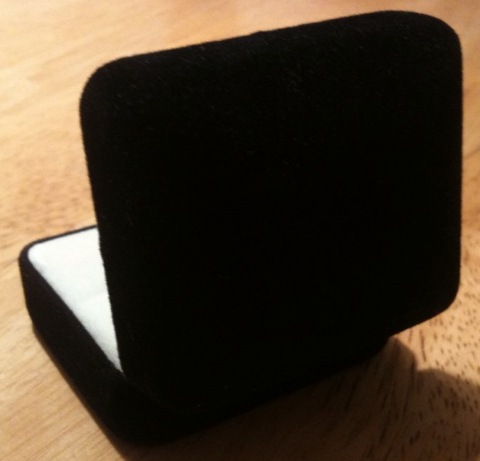

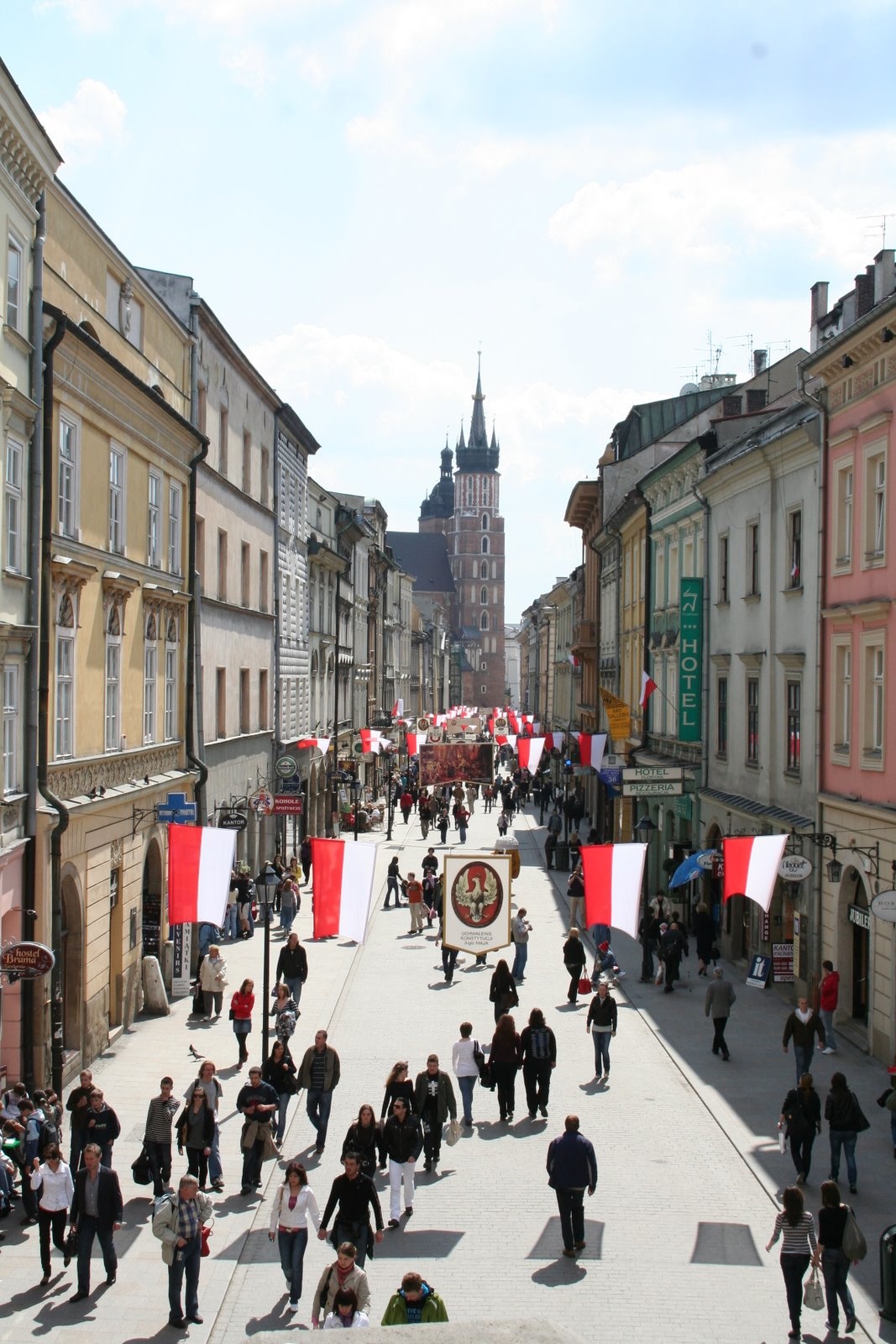


Trackbacks & Pingbacks
[…] EY Travel Tips: Scotland […]
Leave a Reply
Want to join the discussion?Feel free to contribute!